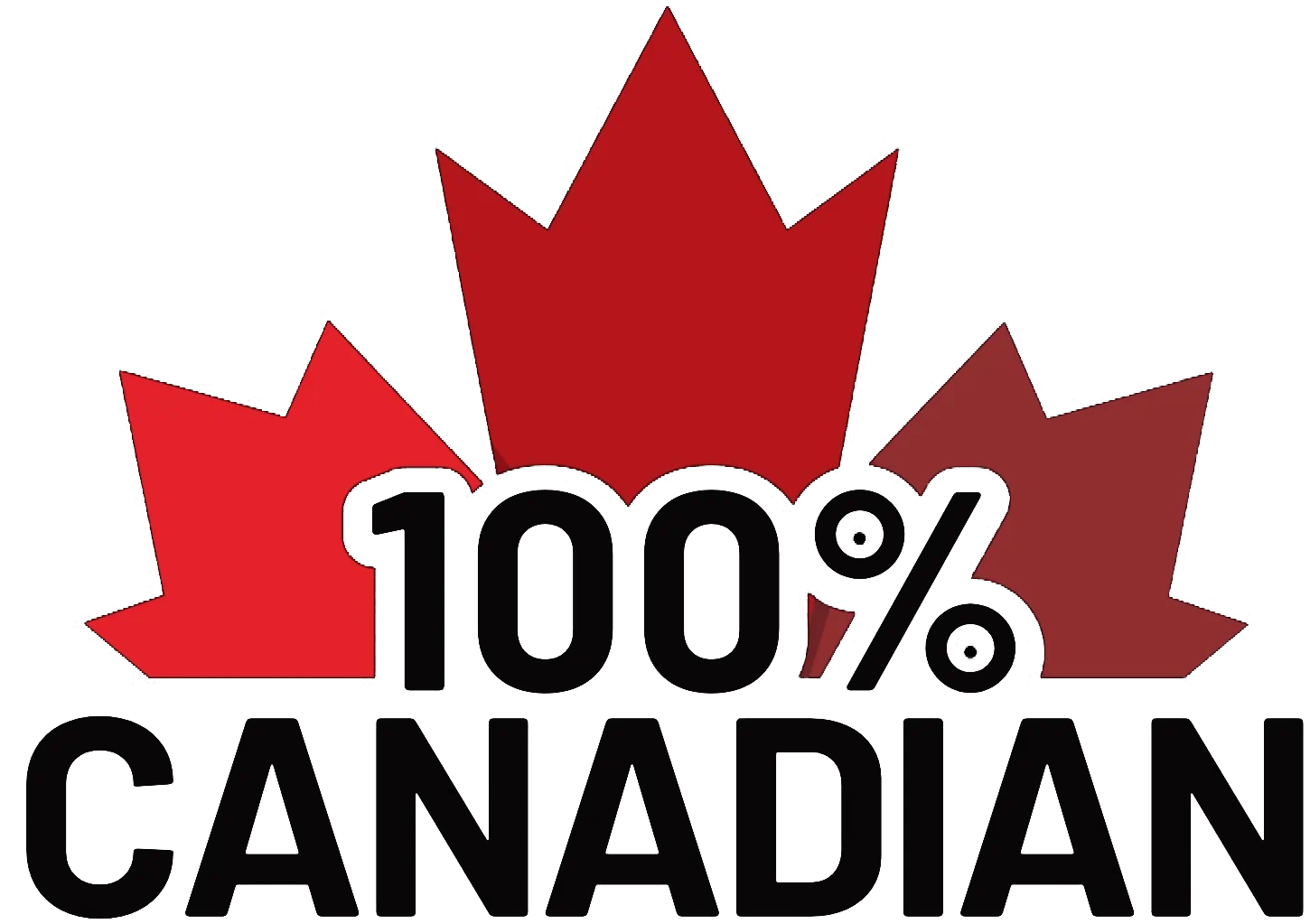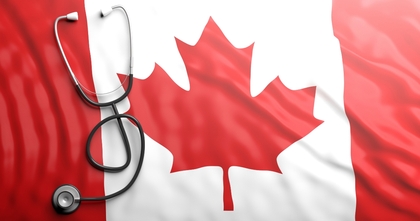Navigating Healthcare Across Provinces: A Guide For Your Cross-Canada Move
Moving to a new province is an exciting adventure, filled with new opportunities and experiences. Whether you're relocating for a job, a change of scenery, or other reasons, the process involves a whirlwind of planning, packing, and paperwork. However, amid these preparations, it's crucial not to overlook a vital aspect of your well-being – your healthcare coverage in the new province.
The Basics of Canada’s Health Care Systems: Navigating the Path to Wellness
Before delving into the differences among healthcare systems across provinces, it’s important to understand their shared values:
Universal Coverage
The country’s publicly funded healthcare system is in constant flux. But one aspect that has remained consistent is its universal coverage. This universal coverage provides all Canadian citizens and permanent residents the right to access necessary medical services, irrespective of their financial status. It’s a commitment to ensuring everyone has the opportunity to lead a healthy life.
Provincial Autonomy
While the fundamental principles of the health care system are set at the federal level, the administration and delivery of health care services are managed by individual provinces and territories. Each province has a distinct health care plan, tailored to the unique needs and priorities of its residents.
Primary Health Care
Primary health care forms the foundation of Canada’s health care approach. It encompasses a range of services, including preventive care, health promotion, and the treatment of common illnesses. Your primary healthcare provider, often a family doctor, acts as your guide through the system.
Public Funding Through Medicare
Canada has a universal, decentralized, publicly funded health system known as Medicare. Funded by taxes, it covers all care regarded as “medically necessary,” including hospital and doctor visits. This public approach ensures that essential health care is available to all Canadians.
Addressing Gaps in Coverage
While Medicare ensures that “medically necessary” care is guaranteed, there are additional healthcare services like trips to the dentist and the eye doctor that are excluded from this coverage. In this case, many residents seek private health insurance, whether through employers or independently, to fill the gaps.
Understanding Out-of-Province Health Care
When you move across Canada, it's essential to be aware of the nuances of the healthcare systems in different provinces. Each province manages its health care services independently and understanding how these systems work can save you from potential complications down the road.
Alberta’s Approach to Out-of-Province Health Care
In Canada, there is no one centralized healthcare system. Each of its 13 provinces and territories administers its own separate public healthcare systems. While all provinces and territories are required to cover medically necessary treatments, the definition of what is considered “medically necessary” is subject to differ. In Alberta, this is all set out in the province’s Health Care Insurance Plan (AHCIP). Below, we’ll discuss what you need to know about health care in Alberta, ensuring you’re well-informed on the ins and outs of this health system.
Securing Insurance
Applying for Alberta Health Care Insurance (AHCIP) should be your first step if an out-of-province move to this natural beauty is on your radar. Designed to be straightforward, allow Bird’s Moving to walk you through it.
-
The Sooner the Better
Like with anything moving-related, the sooner you get the ball rolling– the better.
Applying for AHCIP ahead of time ensures that you have timely access to fundamental healthcare services. We suggest starting the application process within 2-3 weeks of landing in the province.
-
Online Convenience
Alberta Health Services has made it convenient for newcomers by offering an online application process. This user-friendly platform allows you to complete your application from the comfort of your home. Visit Alberta Health Services to access the online application portal.
-
Required Documentation
Gather the necessary documents before starting your application. Commonly required documents include proof of residency, immigration status, and personal identification. Ensuring you have all the required paperwork will expedite the application process.
-
Finalize and Submit Application
The AHCIP application was designed with the user in mind. Clear and straightforward, simply follow the prompts and provide accurate, up-to-date information about yourself and your residency status. As always, be sure to double-check everything before submitting it to avoid any delays.
-
Consider Private Insurance
Be mindful that there is often a waiting period before AHCIP coverage starts. Don’t risk not having health coverage during this time. Instead, purchase temporary health coverage like private health insurance to ensure you’re always protected.
-
Keep Track of Application
Stay on top of your application status. Alberta Health Services may request additional information or require further steps. If you have questions or encounter any challenges during the application process, Alberta Health Services has a dedicated support system. By taking these proactive measures, you're ensuring that your well-being remains a top priority during this time of transition.
Applying for a Health Card in a New Province
If you’re moving out of the province, you’ll need to apply for a new health card to access their local health care system. This is typically done after you’ve already registered with their insurance plan. Make sure to check the specific procedures and eligibility requirements set by the health authority of your new home before beginning your application so that there are no unexpected delays or denies.
While applying for a new health card may seem daunting, the good news is that most provinces have user-friendly websites to make the process pain-free. If you still find yourself with questions, don’t hesitate to reach out to the associated provincial health authority. Their job is to provide guidance and support, ensuring your switch to your new healthcare plan is as stress-free as possible.
6 Key Tips for Moving Out of Province
-
Notify Current Healthcare Provider
Before you say your final goodbyes, notify your current province’s healthcare authorities about your upcoming relocation. This ensures a smooth transition and prohibits any potential issues from arising once you land in your new province.
-
Research Eligibility Requirements for New Health Card
Each province may demonstrate different eligibility demands and processes for health card applications. It’s best to research the requirements specific to the province you are relocating to well in advance.
For example, if you’re planning to move to Ontario, familiarize yourself with the Ontario Health Insurance Plan (OHIP). To assist with the application process, OHIP provides a comprehensive guide and outlines the entire application process. Access the Ontario Health Application here.
-
Be Mindful of Coverage Waiting Periods
As you pack up and move to a new province, it’s important to be mindful of the potential waiting periods you may have to face before you can access your new health coverage. Plan accordingly to guarantee continuous coverage during your transition. Taking a proactive approach ensures that you’re well-equipped and protected throughout your entire relocation process.
-
Inventory Home
Have you determined what items are coming with you?
The easiest way to decide this is to complete a home inventory. Grab a notepad, and your favourite pen and as you go from room to room, decide the fate of each of your possessions. This will provide better insight into what you’ll be bringing and what can be donated or recycled.
-
Keep Those Documents Organized
As you prepare for your cross-country move, you’ll start to garner up quite the collection of documents. Create a folder or grab a box where you can store all birth certificates, passports, medical records, insurance forms, cheques, vehicle registrations, and any other documents that come to mind. Don’t forget to forward your mail to your new address and cancel any local memberships or subscriptions.
-
Visit Your New City Before Move-In Day
We highly recommend making it out to your new province at least once before calling it your home. This allows you to get acquainted with the city or town you’ll be living in and its various neighbourhoods before the big day. Stop by the town’s visitor center for brochures, maps and recommendations. In addition to tourist attractions, we suggest exploring local hotspots and hidden gems. Don’t be afraid to ask locals for advice and insight based on their experience!
Partner with Bird’s Moving & Storage for Confident Cross-Canada Moves
Moving across Canada is a big decision, and it’s essential to prioritize your healthcare coverage. With a comprehensive understanding of your new province’s healthcare system and a well-thought-out plan to navigate it, you can start anew with confidence.
Whether you’re out-of-province move has you venturing to Ontario or Alberta, Bird’s Moving & Storage understands the complexities of moving across provinces. While you navigate the complexities of your new healthcare system, our experienced team of movers and packers can help ensure your upcoming move is as seamless and stress-free as possible. Contact us today to learn more about going the distance with Bird’s Moving.





